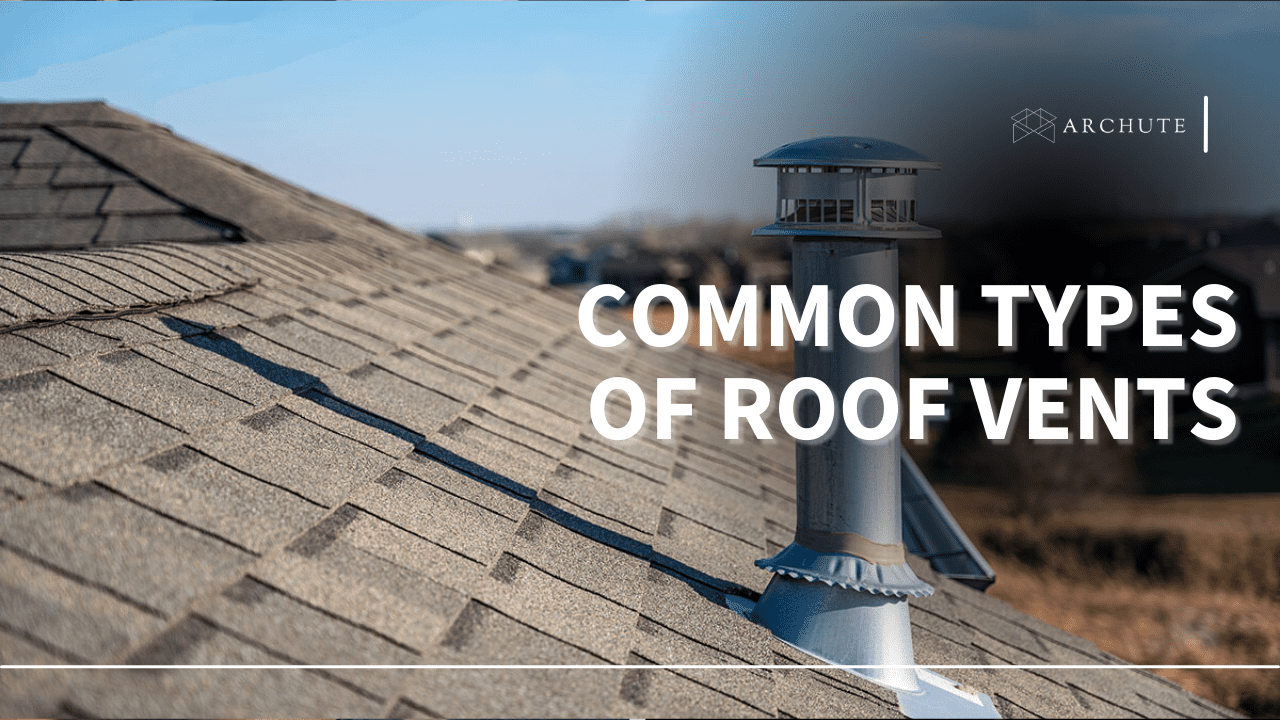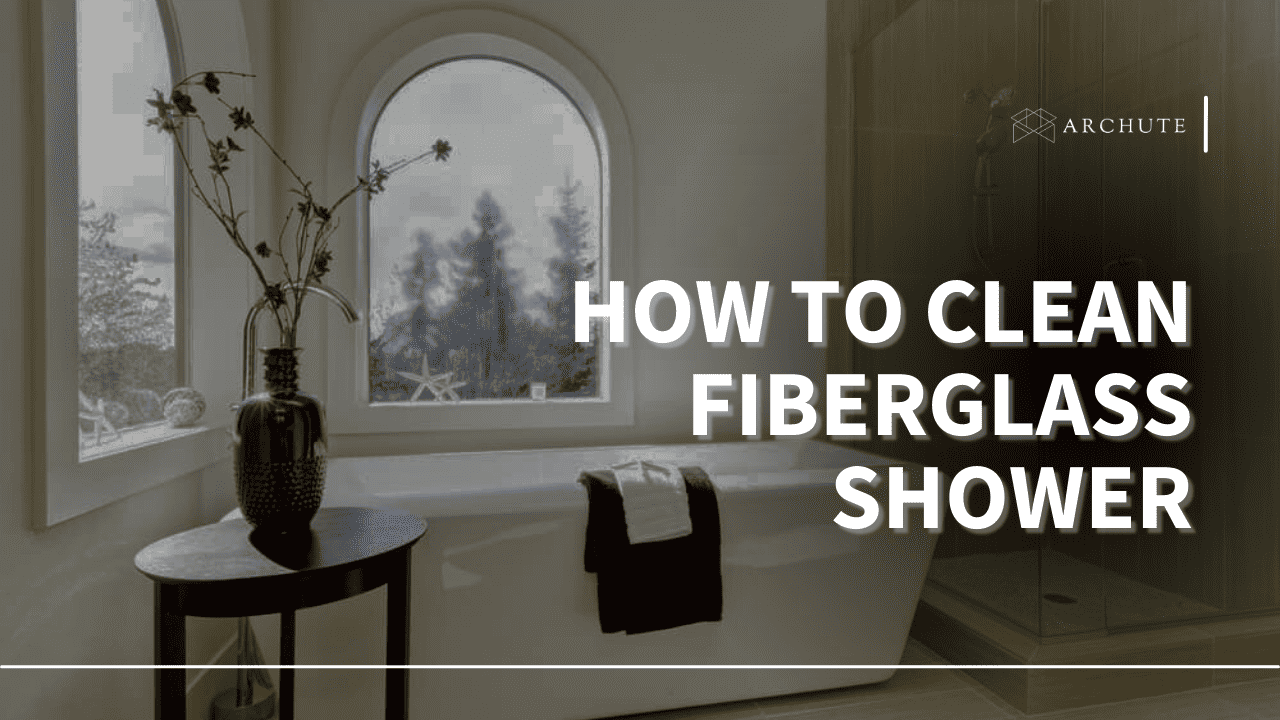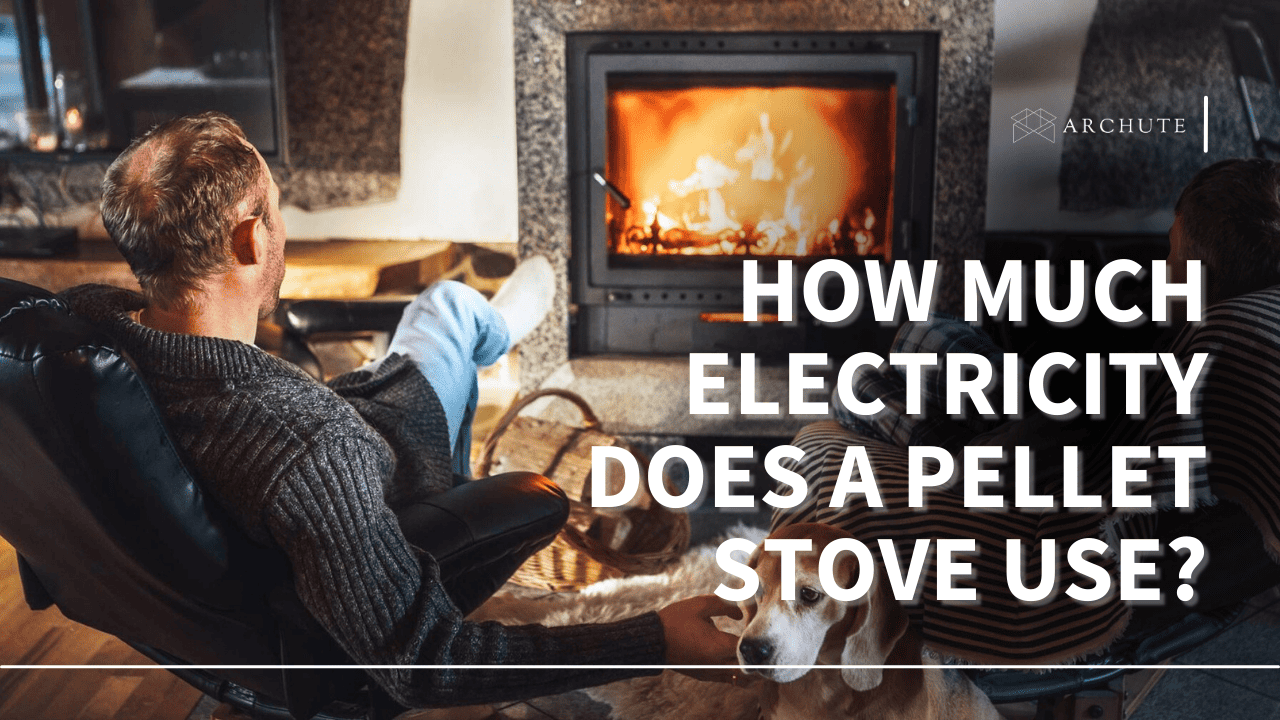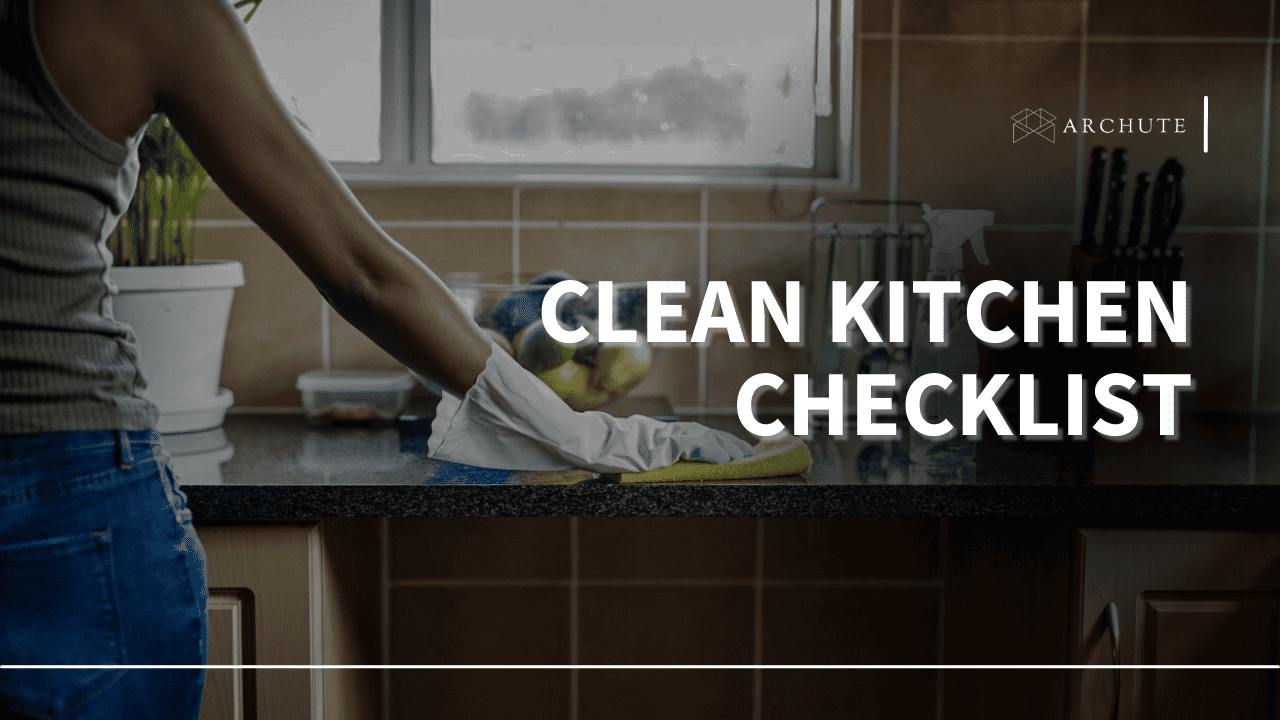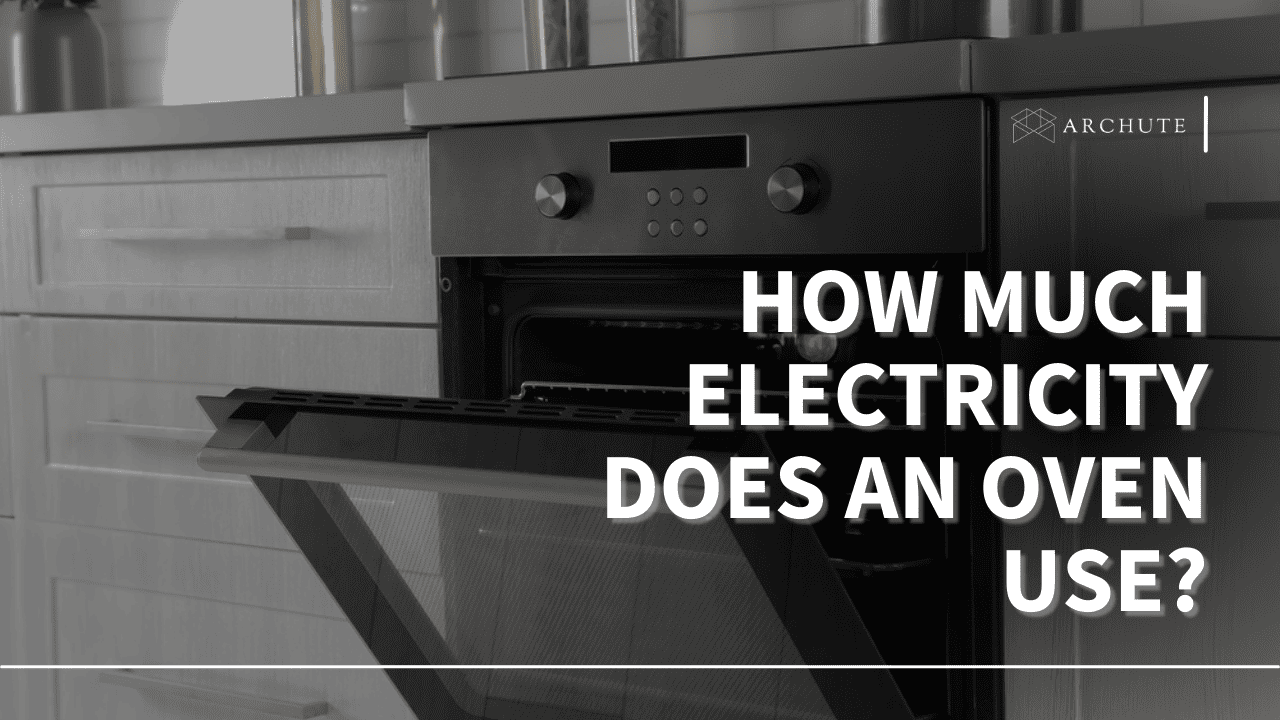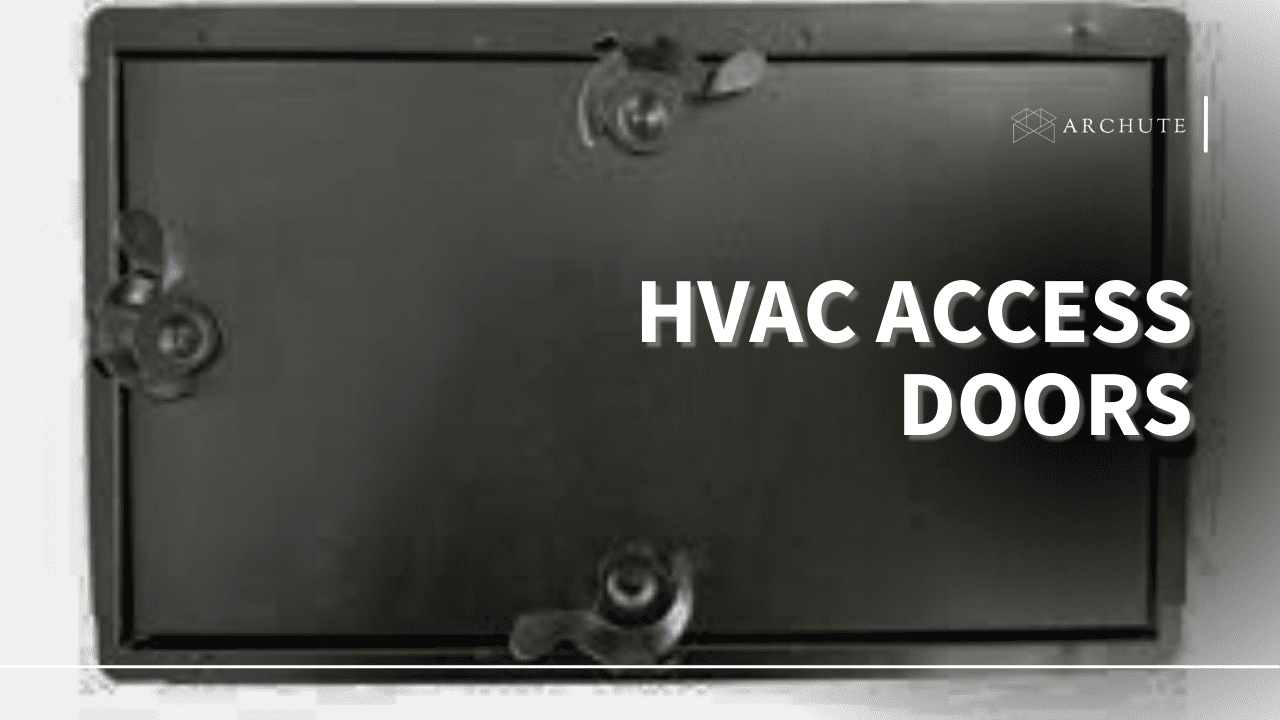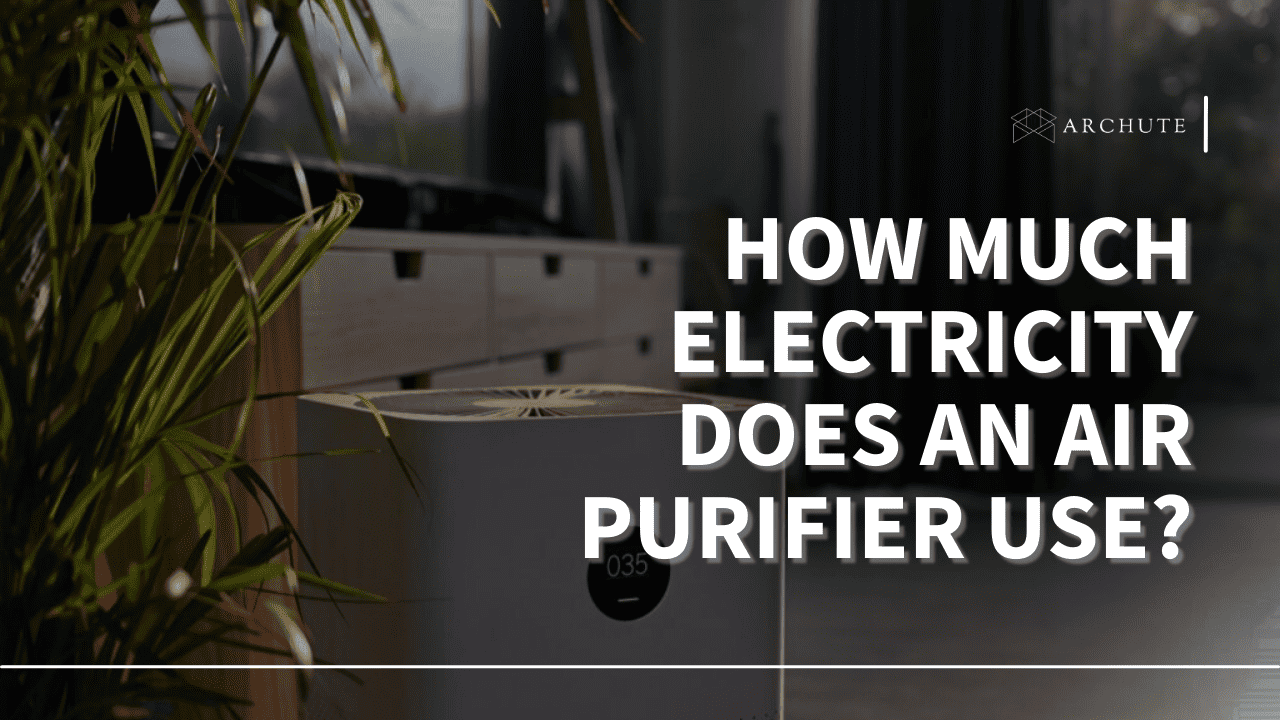When you stroll through a neighborhood and keep your eyes open for the rooftops, you’ll likely spot a wide variety of creatures making their way to and resting atop these elevated surfaces. These many roof penetrations have a specific job to ensure that your roof and home operate as intended.
Roof vents are a crucial opening in your roof. Although roof vents come in various sizes and shapes, they all serve the same purpose: they allow your house to breathe properly. While some roof vents are more efficient than others, all vents allow fresh air into your home or exhaust stale air from your attic space.
What Are Roof Vents?
A roof vent is a big name in the wind turbine ventilator market, with hundreds of installations in various industries. With a history of success and expertise in delivering results for diverse industry verticals and well-known brands, a roof vent quickly rises to the top of the air roof ventilation and roofing sheets sector.
The primary purpose of installing roof vents, also known as attic vents, is to reduce the buildup of hot, humid air in the summer and prevent water accumulation during winter. You can further improve your home’s comfort by allowing hot, damp, or stale air to escape through open windows or doors.
Importance of Roof Vents
Roof vents are important in both hot and cold climates. In the winter, in cold climates, warm air trapped in an attic can cause snow to melt quickly and refreeze as ice. Shingles and gutters may become damaged due to ice dams on the roof.
Hot air condensation in an attic can promote the growth of mold and mildew. In addition, as a result of hot air escaping from the attic and roof area, buildings with properly vented attics in hot climates experience lower interior temperatures and require less cooling from air conditioners.
In warmer climates, improper ventilation can result in asphalt shingle roofs wearing out too quickly, nullifying the material warranties offered by most manufacturers. Additionally, it may lead to the underlayment of clay and concrete roof tiles failing.
Styles of Ventilation
Simply put, ventilation is replacing old air with new air. Such an approach is thrilling and crucial in roofing, as it would be in any aspect of life.
Considering the natural flow of air, it becomes clear how important it is for a roof to include both intake and exhaust vents. It’s crucial to understand how the two complement one another before deciding which roof vent system is ideal for your house and budget.
1. Intake Vents
Intake ventilation, which brings in cool, fresh air, is the other half of a successful ventilation setup. Intake vents, located lower on the roof line than the exhaust vents, allow cooler air to enter the attic space.

Image Source: myroofhub.com
The intake ventilation will push the hot air in the attic when cooler air is drawn in from below the hot air. This cooler intake air will help push the hot air out of the house as long as you have exhaust vents with suitable surface area.
It’s one thing to use an exhaust vent to remove the air from your attic, but intake vents are also necessary to create that airflow and introduce fresh air after the old air has been removed. Intake vents consist of soffit vents, gable vents, fascia vents, and drip edge vents.
2. Exhaust Vents
Hot air rises, which is useful for venting your attic space since you want to remove the hot, damp air from there. If the hot air remains stagnant, mold and musty mildew may eventually develop.
Exhaust vents, used to get rid of stale air, are typically installed towards the roof’s peak. The ridge vent is the most typical type of roof exhaust vent in use today.
While ridge vents and similar exhausts are great at getting rid of stale, hot, and humid air, they are only half of a well-rounded roof plan idea.
Types of Roof Vents
1. Ridge Vents

Image Source: northfaceconstruction.com
It is common practice to install a series of ridge vents along the length of a roof’s crest. Due to its low visibility from the ground, this type of vent is popular.
Insects, rain, trash, and snow can enter the attic if the vent doesn’t have a filter, even though they are very common. A ridge vent is a passive vent that doesn’t have a baffle to move air through your attic.
2. Off Ridge Vents

Image Source: myroofhub.com
Due to the fact that they simply rest amid your shingles rather than the ridge itself, off-ridge vents are more comparable to box vents. However, they resemble traditional ridge vents in both appearance and operation.
Off-ridge vents are not nearly as common as other types of exhaust vents, in part because they are less effective and smaller. However, they are effective for roofs without a long ridgeline and those that demand a more aesthetically pleasing vent than a box.
3. Box Vents (aka Louver Vents)

Image Source: northfaceconstruction.com
When picturing a roof-mounted exhaust vent, the image that likely comes to mind is a box vent. They’re widespread but lack the beauty of the last two varieties we discussed.
Box vents are excellent for immediately expelling the hot air, although they may not be as effective as other types of vents. They are frequently placed close to the crest but not on it every few feet.
They always have a thicker base with flashing to ensure no leaks, and they may be found in various colors to match your shingles.
4. Solar Powered Vents

Image Source: myroofhub.com
Similar to power vents, solar-powered vents get their energy from the sun. The energy-saving benefits of these vents are impressive, but they shut off when the solar battery is being charged.
Due to the amount of power required to run the motor, the installed solar panel can’t sustain a charge long enough to run the vent continuously. As a result, your air conditioner may operate longer while the battery is charged, increasing your energy costs.
5. Roof Turbines (aka Whirlybird Ventilation)

Image Source: myroofhub.com
Turbine vents, called whirly birds, move the air in your attic even when there is no wind by creating a pulling effect through convection heat rising. The air in your attic is moved about 10–12 times per hour if this vent is placed correctly.
There is a myth that rain, snow, and insects can enter your home through turbine vents because they have slats on them and are open-aired to the attic. They are made, though, so none of this happens until the vent is destroyed.
6. Cupola Vents

Image Source: myroofhub.com
Cupola vents are a great choice to improve your home’s curb appeal. They can come in various sizes and styles and draw attention to the top of your house.
These have the drawback of being costly, with prices starting at about $1,000. In addition, they can be challenging to install and require more care than other kinds of vents.
7. Power Vents

Image Source: myroofhub.com
Power vents are the low-profile, circular vents commonly found on roofs. Electric fans are mounted close to the roof’s ridge (uppermost point) and draw hot air out of the attic.
Using a humidistat to control the operation of your power vents is recommended during the colder months.
Condensation from excess moisture will form if the attic is not ventilated, affecting the life of your roof. In addition, power vent motors have a high failure rate; be ready to replace them.
8. Static Vents
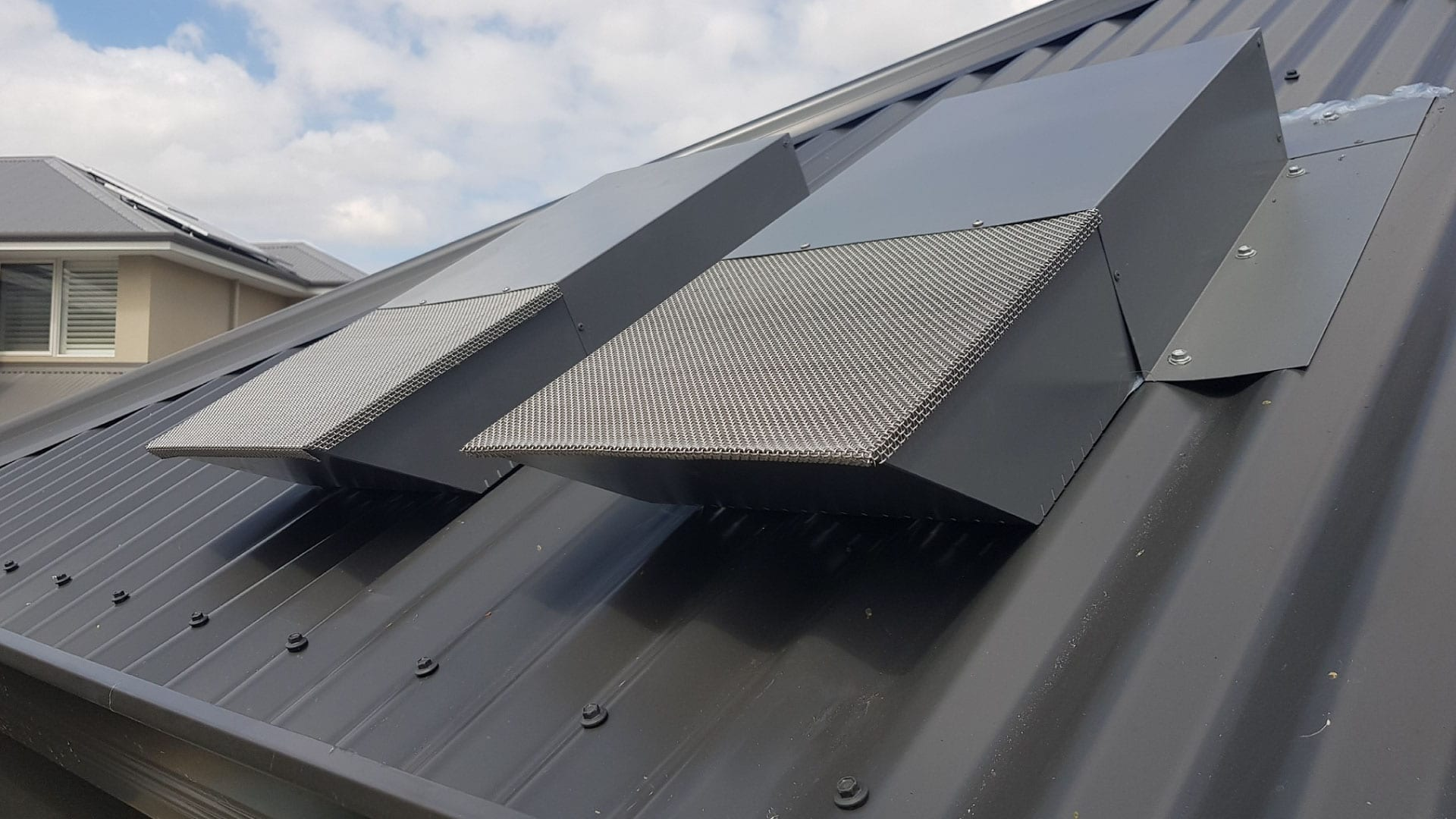
Image Source: billraganroofing.com
The static vents on your roof will look like tiny metal boxes. They enable heat to rise and escape via convection from the roof.
This means that the hot air will rise and be expelled through the vents during the summer when the temperature is highest in your attic. The term “turtle vent” is sometimes used to refer to a static vent, while “box vent” is another name for this type of vent.
9. Gable End Vents

Image Source: myroofhub.com
When your roof’s two slopes meet, you can put a wooden vent called a gable end vent into the outside wall of your attic. The airflow in and out of your attic depends on the outside wind, which is why this vent is installed.
10. Electric-Powered Vents
These permanently installed vents will increase your roof’s airflow significantly. These motorized vents can remove stale or humid air from your attic without the aid of the wind. They can perform it regularly or when you need it most, like in the muggy summers.
These come with the drawback of having the potential to force warm or conditioned air inside your home outside, increasing energy expenditures. Consider how much power you need or desire in your exhaust vents before contemplating this choice.
11. Dormer Vent
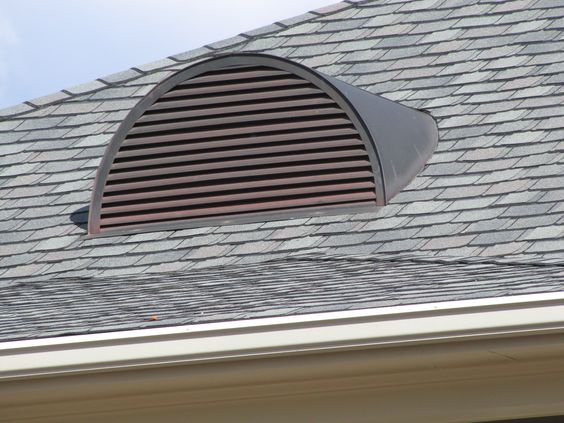
Image Source: civiconcepts.com
Dormer vents in the roof allow hot air to climb out of the building. The louvers in the vent have a tiny screen between them to keep rodents and other pests out of the roof. Galvanized metal ensures they’ll last as long as the roof.
The dormer vents on your roof should be painted to fit in with the rest of the shingles and enhance your home’s curb appeal. Vents like this, which are installed on the roof of a building, allow fresh external air to replace stale indoor air in the attic.
This prevents water and heat from seeping into a structure, which is good for the building’s structure, the occupants’ health, and the effectiveness of the HVAC system.
When shopping for dormer vents, it’s important to find products that meet three criteria: they must provide sufficient ventilation, withstand the elements for the long term, and look good.
Which Types of Roof Vents are Best for My Home?
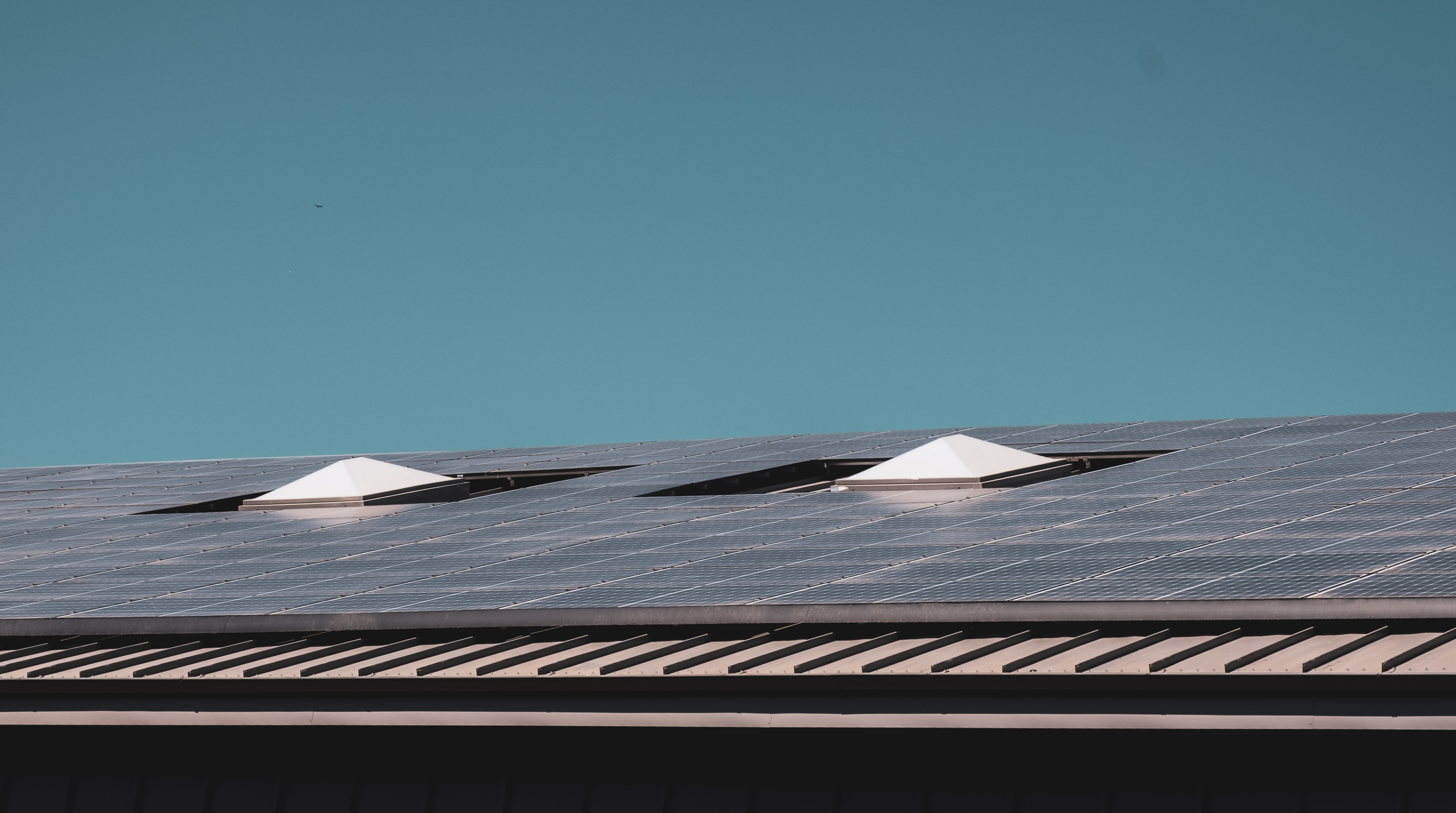
Every house is unique. Your home’s architectural design, your roof’s layout, and the weather patterns in your area all play a role in determining which vents will work best. For example, mixing different exhaust vents in the same attic space can impede air circulation.
The excess heat and moisture in your attic can be reduced with the help of a professional roofer who installs a balanced attic ventilation system consisting of intake and exhaust vents.
What Will Happen If My Roof Doesn’t Have a Proper Roof Vent?
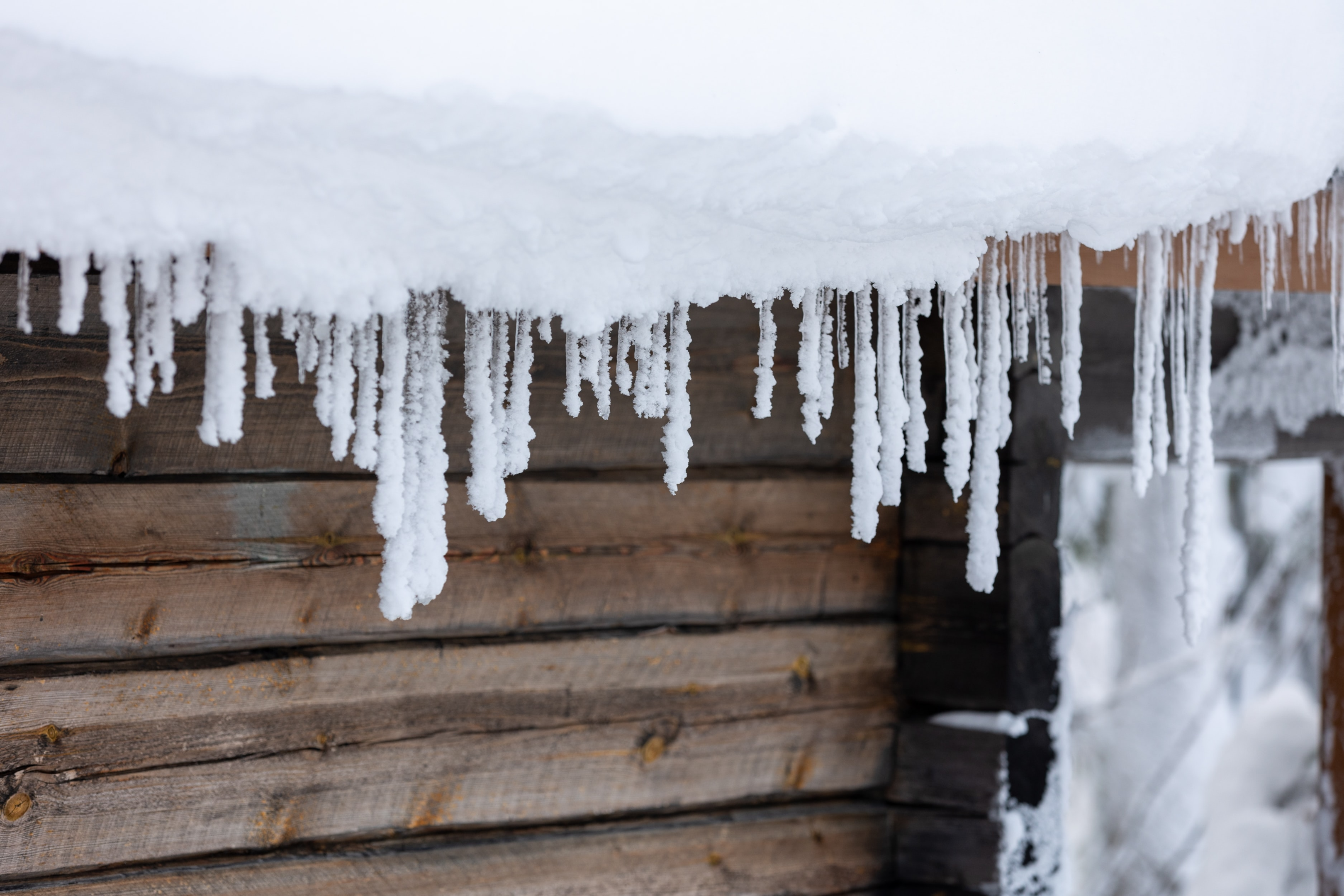
Poor roof ventilation frequently causes ice damming. As a result, your house, your possessions, and everything you value will be quickly destroyed. Without proper ventilation, you risk experiencing serious problems with your attic, roof, home, and way of life.
Some disadvantages of not having proper roof ventilation include the following;
-
- A lack of ventilation in the attic leads to bad air quality in the house during summer.
-
- HVAC (air conditioning) systems that are overworked to cool the second (and third, if present) floors of your home.
-
- The attic has excessive humidity (caused by warm air).
-
- The formation of ice dams on roofs during the winter months is a common problem in colder regions.
Conclusion
You are now well-versed in the many types of roof vents available. However, when selecting a roof vent, ventilation needs and aesthetic preferences should be considered.
The most crucial thing is to ensure your attic has adequate ventilation regardless of the type of roof vent you choose. If not, it will cause several expensive issues down the road.
Featured Image Source: positiveroofing.co.uk

